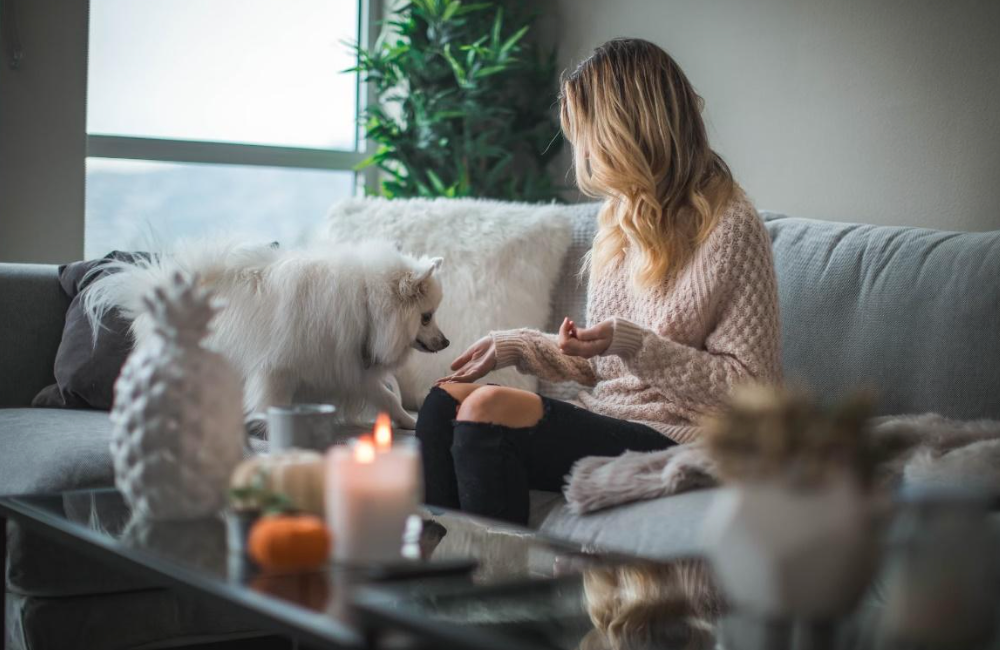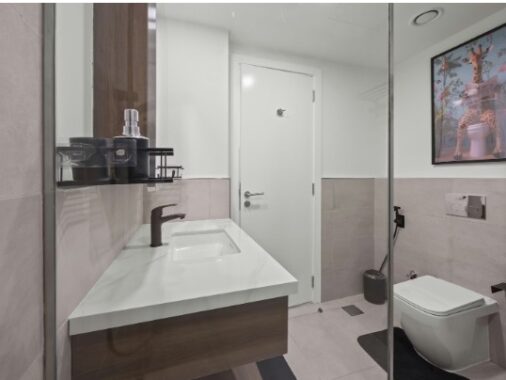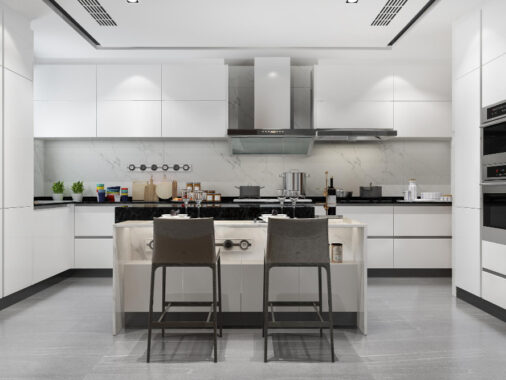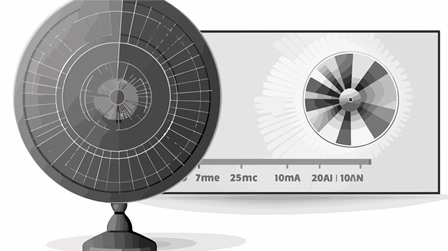Busyness is the word of the moment and also the disease most people suffer from. It has become a disease because it prevents people from enjoying the beauties of life as they are in a constant chase of something. When they’re not working, they are distracting themselves with social media content, TV shows, or other things that prevent them from truly being present in the moment. And while being busy their mental health declines, their physical health is suffering, and their negative emotions grow stronger.
In this context, some people have been adopting a new lifestyle, called slow living, that is opposed to the busyness everyone is addicted to. Since the pandemic hit and people were forced to slow down and spend time at home indulging in activities that allows them to relax, some have discovered the beauty of taking things slowly and living in the moment. The ability to slow down, prioritize and spend their time meaningfully and intentionally has become more valuable than ever, especially because it supports good overall health and allows people to prioritize the things that really matter.
What you should know about the slow living trend
In his book In Praise of Slowness: Challenging the Cult of Speed, Carl Honoré recommends taking time to do things properly, so one can enjoy them fully. The slow living trend goes hand in hand with the Danish concept of Hygge, which promotes the idea of designing high-quality cozy interiors that boosts well-being and the feeling of contentment. Hygge is about improving homeowners’ experience through the interior atmosphere, about spending time in a place everyone finds comfortable, a space everyone feels like home. Hygge is about feeling safe. Slow living borrows these ideas from Hygge and takes them to a new level where people are no longer running from a place to another with distracted thoughts and in fear of boredom. It encourages people to fill their time only with activities that bring value to their lives, and spend time in places that support their mindfulness and focus in the present moment. Instead of seeing the time people spend at home as chores, slow living teaches them to transform each activity into a ritual and the house into a sanctuary.
How to create a house that supports the slow living trend?
Declutter and Simplify
The foundation of a slow-living home lies in minimalism because clutter not only takes up physical space but also causes mental stress. Start by decluttering each room, focusing on keeping only the items that serve a purpose or bring genuine joy. Follow the “less is more” principle, where each item has a designated space and purpose, and consider organizing your belongings in a way that is both functional and aesthetic. Storage solutions like woven baskets, wooden boxes, or built-in cabinets can help maintain a clean, uncluttered environment. By creating open, airy spaces, your home can become a place of clarity and calm, allowing you to focus on what truly matters.
Choose Natural and Sustainable Materials
Slow living aligns with sustainability. Incorporating natural and eco-friendly materials in your home design not only supports the environment but also creates a warm, welcoming atmosphere. Materials like wood, stone, linen, and cotton evoke a sense of grounding and connection to nature. Opt for furniture and decor made from sustainably sourced materials. For instance, a reclaimed wood dining table or bamboo shelves can add character while adhering to slow-living principles. Additionally, using non-toxic paints, finishes, and cleaning products ensures a healthier environment for you and your family.
Create Cozy, Functional Spaces
A house that supports slow living prioritizes comfort and functionality over extravagance, and each space should serve a clear purpose and invite relaxation. For example:
- Living Room: Choose comfortable seating with soft throws and cushions, and add a bookshelf or a cozy nook for reading.
- Kitchen: Design your kitchen as a welcoming space for mindful cooking and dining. Include open shelving for easy access to essentials like the one from Kitchen Warehouse Ltd and natural light to make the space feel inviting.
- Bedroom: Keep the bedroom serene by investing in quality bedding, neutral tones, and blackout curtains to promote restful sleep.
By ensuring that every space encourages relaxation and connection, your home will naturally support a slower pace of living.
Embrace Neutral Colors and Soft Lighting
Colors and lighting play a crucial role in setting the mood of your home. A slow-living house often features a neutral color palette with shades of beige, white, and soft earth tones. These colors create a sense of harmony and simplicity while allowing natural light to take center stage. Lighting, too, is important. Avoid harsh, bright lights and instead opt for soft, diffused lighting. Use warm LED bulbs, floor lamps, or candles to create a cozy atmosphere. Incorporating dimmable lights can further enhance flexibility, allowing you to adjust the ambiance depending on the time of day or activity.
Incorporate Nature Indoors
Bringing the outside in is a hallmark of slow living. Incorporating natural elements into your home can improve mental health and create a calming environment. Houseplants are an excellent way to do this. Not only do they purify the air, but they also provide a sense of connection to the natural world. Consider placing plants like pothos, peace lilies, or snake plants in living spaces, bathrooms, and even the kitchen. Beyond plants, you can incorporate nature through wooden furniture, stone accents, or by displaying fresh flowers. Large windows that let in natural light and views of the outdoors further enhance this connection.
Foster Technology-Free Zones
A slow-living home encourages mindfulness by minimizing distractions, especially those caused by technology. Establishing tech-free zones can help create spaces where you can focus on being present. For instance, designate your bedroom or dining area as technology-free zones, ensuring that these spaces are used for rest and meaningful conversations. To take this further, you can store devices out of sight when not in use or create a dedicated charging station in a less prominent area of your home. Replacing screens with analog alternatives—like books, board games, or crafting supplies—can encourage more intentional forms of entertainment.
Create an Outdoor Sanctuary
If you have outdoor space, transform it into a peaceful retreat that supports slow living. A garden, patio, or balcony can become an extension of your home, providing a space to connect with nature and unwind. Add comfortable seating, such as a hammock or outdoor sofa, where you can relax with a book or a cup of tea. Consider growing your own herbs, flowers, or vegetables, which not only add beauty to the space but also promote a sustainable lifestyle.
Creating a home that supports slow living involves more than just design—it’s about fostering a lifestyle rooted in mindfulness and intention. From decluttering and using natural materials to designing cozy spaces and embracing nature, every element should work together to create a sanctuary from the chaos of the outside world. By cultivating a home that aligns with the principles of slow living, you open the door to a more peaceful, fulfilling life.







